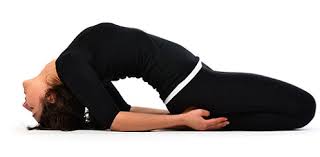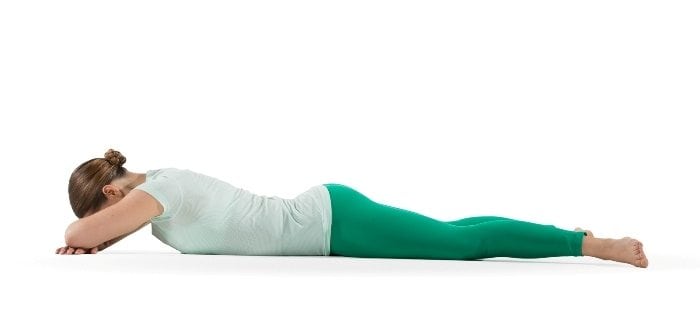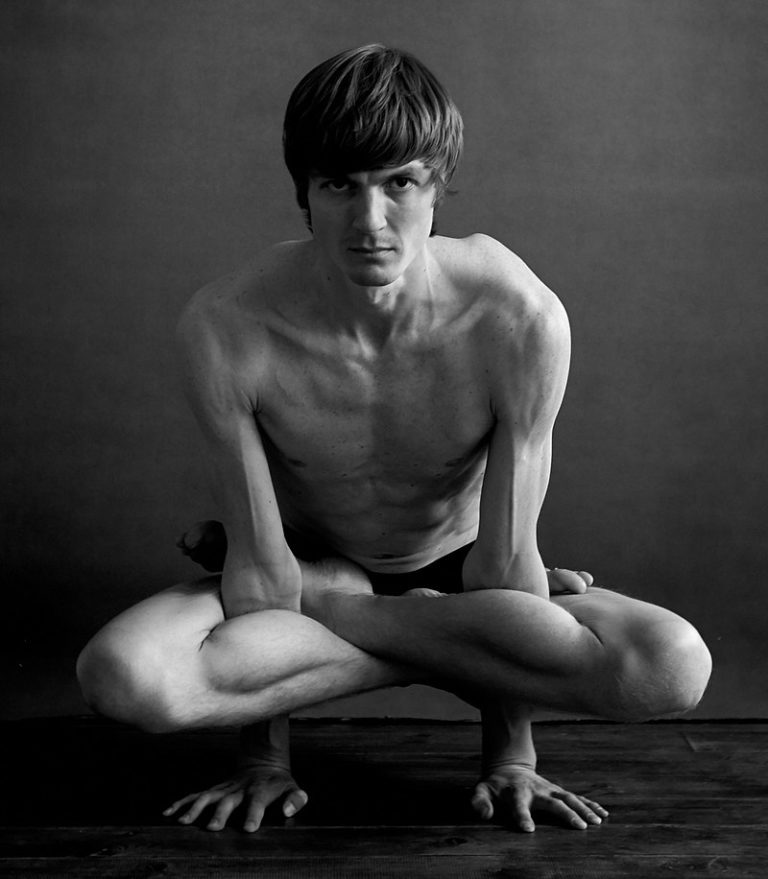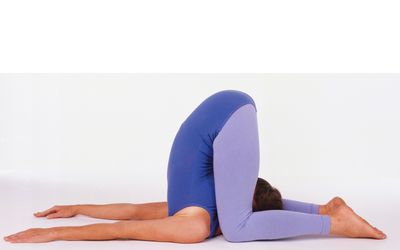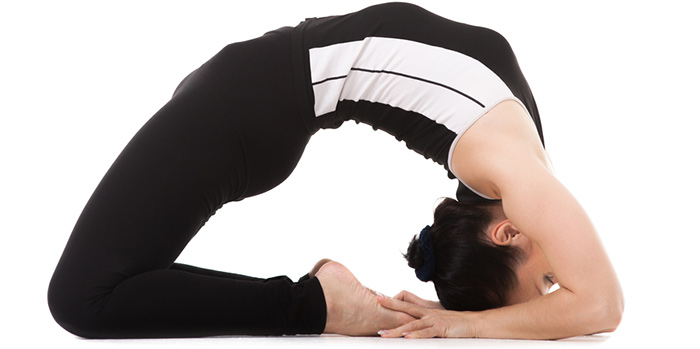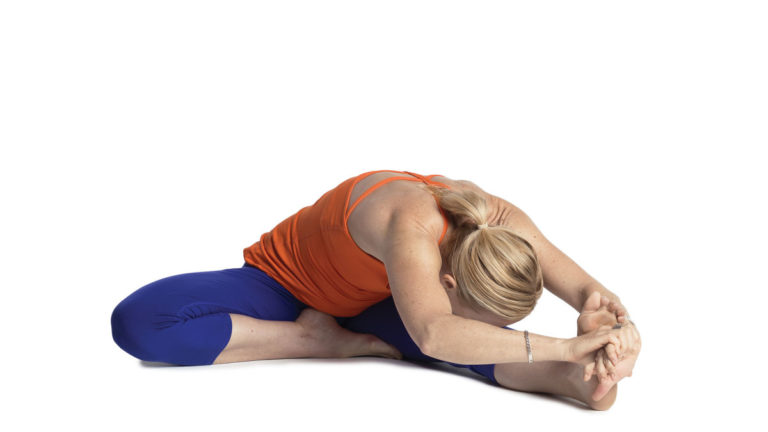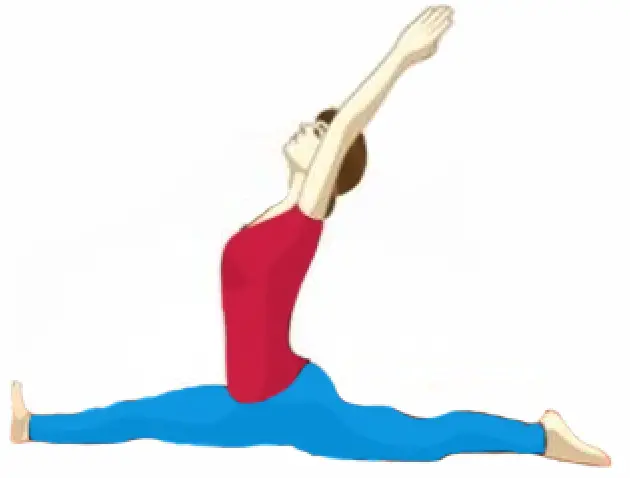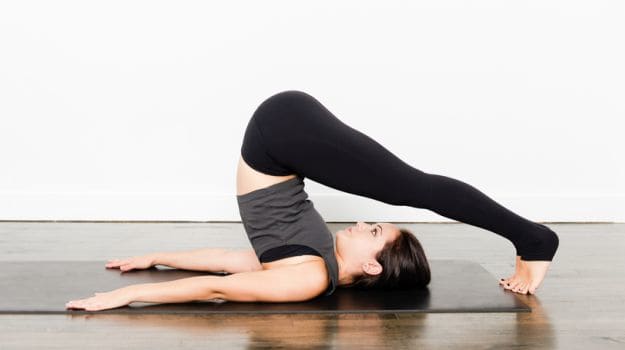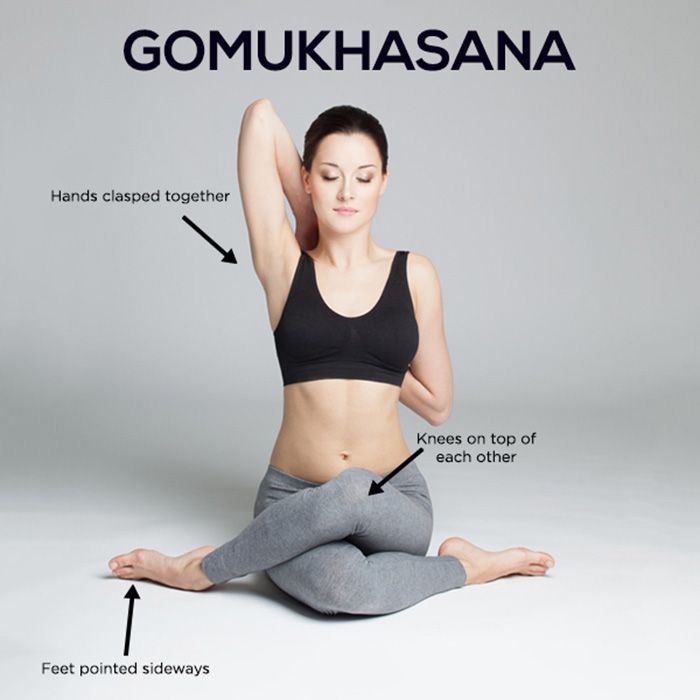Matsyasana – Yoga Position
What is a Matsyasana? Matsyasana, commonly known as Fish Pose, is a classic yoga asana that holds significant importance in both the physical and spiritual aspects of yoga practice. The name “Matsyasana” is derived from Sanskrit, where “Matsya” means “fish” and “asana” refers to “pose” or “posture.” Matsya is also the name of an incarnation…

